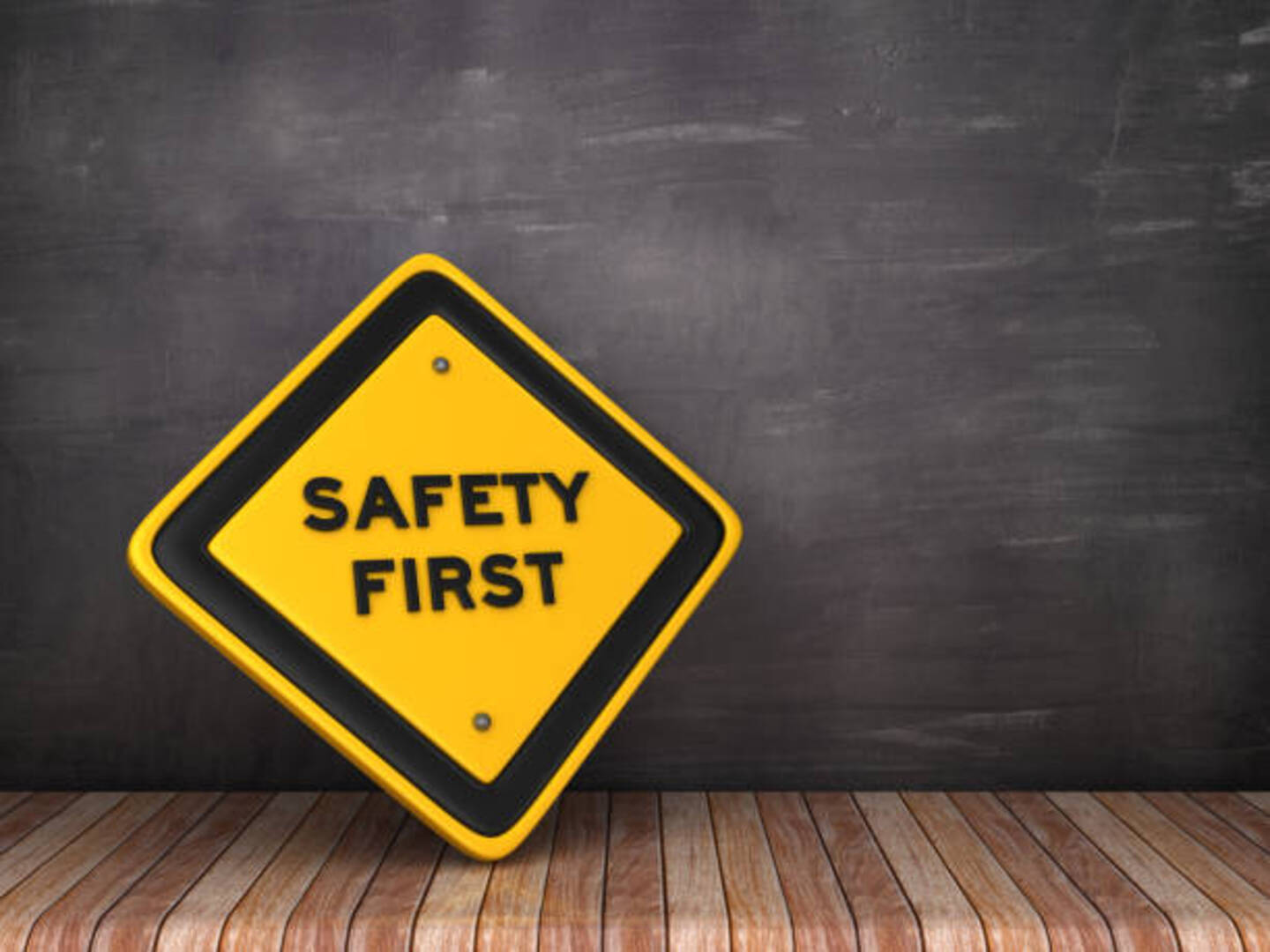
Home Safety Tips and Hacks: Protect Your Family Now
Ensuring the safety of your home and being prepared for emergencies is of paramount importance. By taking proactive measures and implementing proper safety protocols, you can protect your loved ones and minimize the impact of unforeseen events. Here are some key aspects to consider when it comes to home safety and emergency preparedness.
1. Fire Safety:
- Install smoke detectors on each level of your home and regularly test and replace batteries.
- Have fire extinguishers in easily accessible locations, such as the kitchen and near potential fire hazards.
- Create a fire escape plan that includes multiple exit routes and practice it with your family regularly.
- Install fire-resistant materials and consider using flame-retardant furnishings.
2. Carbon Monoxide Safety:
- Install carbon monoxide detectors near bedrooms and fuel-burning appliances.
- Have fuel-burning appliances, such as furnaces and stoves, regularly inspected by professionals.
- Never use generators, grills, or other fuel-burning devices indoors or in enclosed spaces.
3. Emergency Communication:
- Maintain a list of emergency contacts, including local emergency services, hospitals, and utility providers.
- Have a designated meeting place outside your home in case of evacuation.
- Keep a charged mobile phone and consider having a battery-powered or hand-crank radio for emergency updates.
4. Home Security:
- Install a security system with alarms, surveillance cameras, and motion sensors to deter intruders.
- Use sturdy doors and windows with reliable locks and consider reinforcing them with additional security measures.
- Install outdoor lighting to illuminate the surroundings and make your home less attractive to potential burglars.
- Keep your home well-maintained to give the impression that it is occupied.
5. Child Safety:
- Keep potentially hazardous items, such as cleaning supplies and sharp objects, out of reach of children.
- Use safety gates, outlet covers, and cabinet locks to prevent accidents.
- Teach children about fire safety, emergency numbers, and how to react in different emergency situations.
6. Home Maintenance:
- Regularly inspect and maintain your home’s electrical system, plumbing, and heating/cooling systems.
- Clear debris from gutters and ensure proper drainage around your property.
- Trim trees and shrubs near your home to reduce the risk of falling branches during storms.
- Keep your home clean and clutter-free to minimize fire hazards and improve overall safety.
Remember, home safety and emergency preparedness require ongoing attention and periodic reviews. Stay informed about any updates or changes in safety regulations and be proactive in addressing potential risks. By prioritizing home safety, you can create a secure environment for you and your family to thrive in, even during challenging times.







Comments - 8
How Smart Home Tech Will Revolutionize Your Life - Blavior
[…] Smart thermostats can learn users’ preferences and adjust temperature settings to save energy when the home is unoccupied. By optimizing energy usage, homeowners can reduce their carbon […]
Creating the Perfect Pet-Friendly Home - Blavior
[…] Outdoor Spaces:If you have a yard or outdoor space, ensuring its safety and security is essential for your pets. Install sturdy fences or pet-friendly enclosures to prevent them from […]
Essential Security Measures for Real Estate Properties - Blavior
[…] them into a comprehensive security strategy, real estate owners and managers can enhance the safety and security of their properties, providing peace of mind to occupants and mitigating potential […]
Designing Safe Outdoor Play Spaces for Children and Families - Blavior
[…] potential hazards such as sharp objects, poisonous plants, or uneven surfaces. Install appropriate safety measures like fences, gates, and soft landing surfaces under play equipment. Regularly inspect the area for […]
From House to Home: The Power of Love and Belonging - Blavior
[…] sense of safety and security is another vital element that distinguishes a house from a home. A home is a sanctuary […]
Tips for a Smooth Relocation to Your New Home - Blavior
[…] stressful for pets and children. Arrange for their care on moving day to ensure they remain safe and comfortable during the […]
Why Do Buildings Collapse and Who Should Be Blamed? - Blavior
[…] members also play a role in building safety. They should be aware of the importance of reporting structural concerns and participating in […]
How to Remove Rust from Metal Surfaces: A Comprehensive Guide - Blavior
[…] gear: Safety goggles, gloves, and a dust mask to protect yourself from rust particles and chemical […]